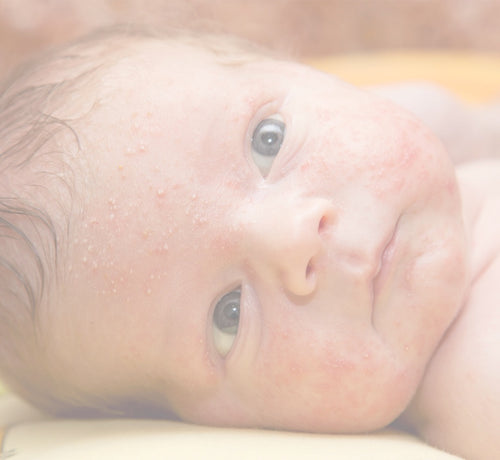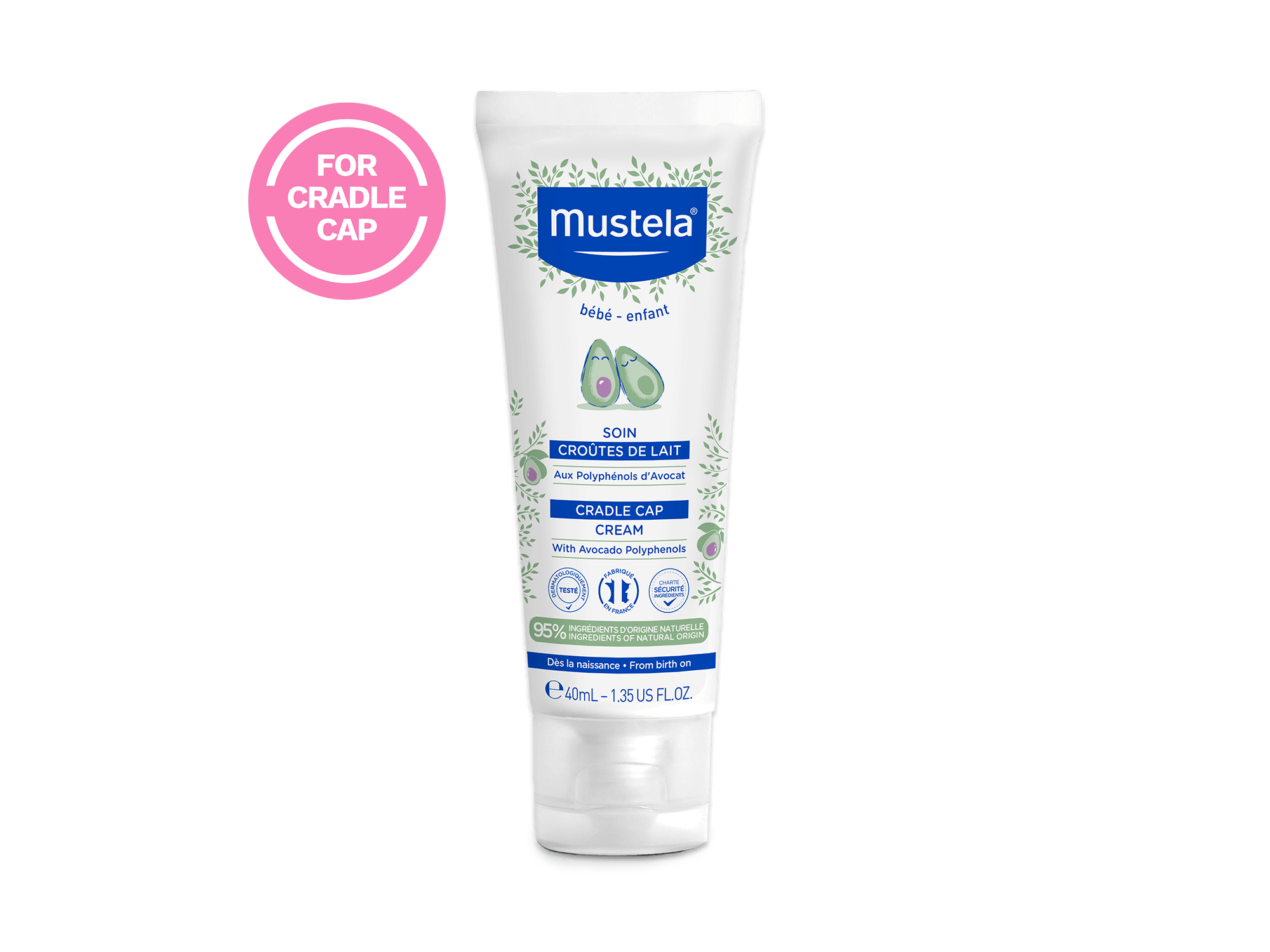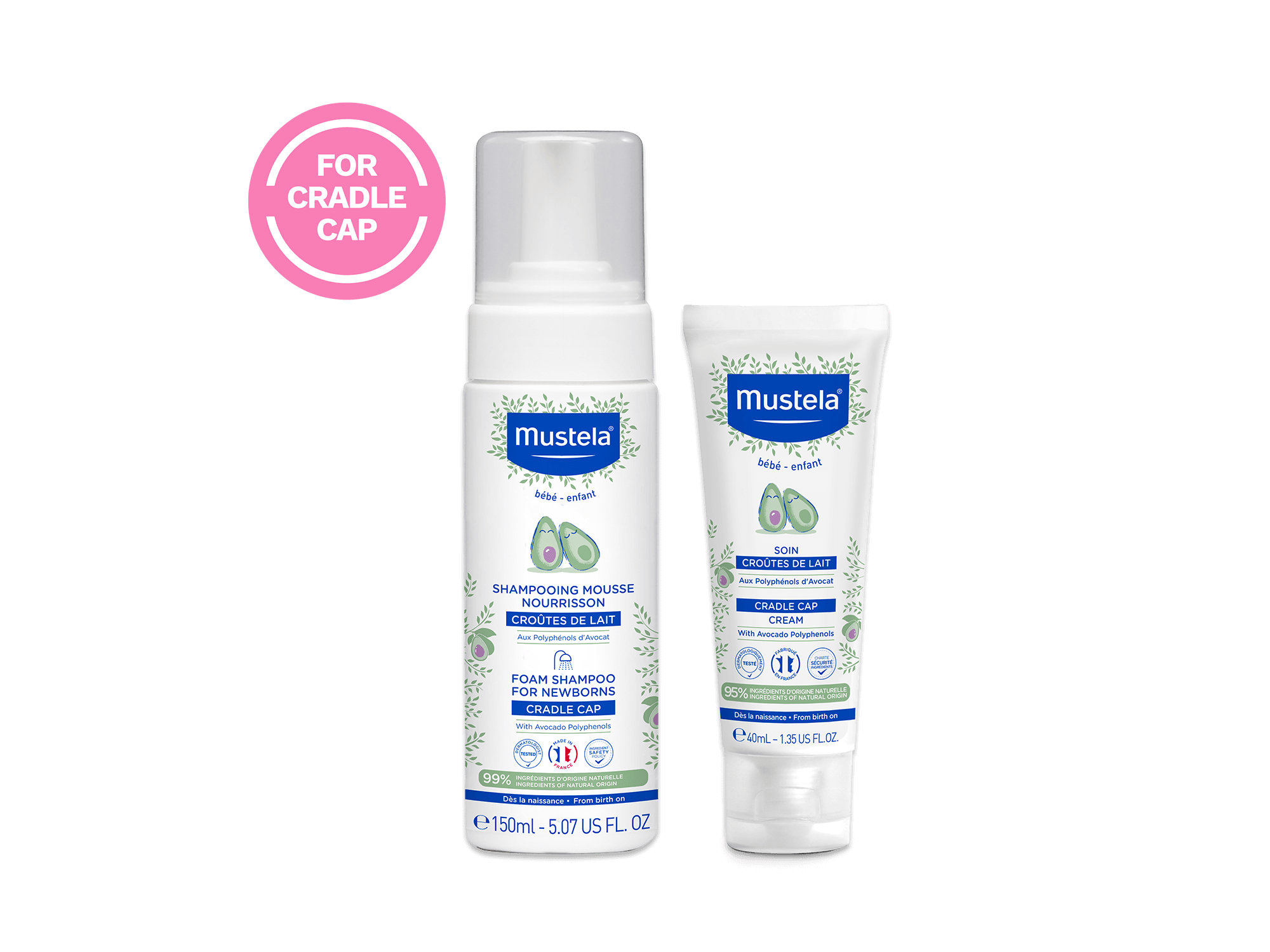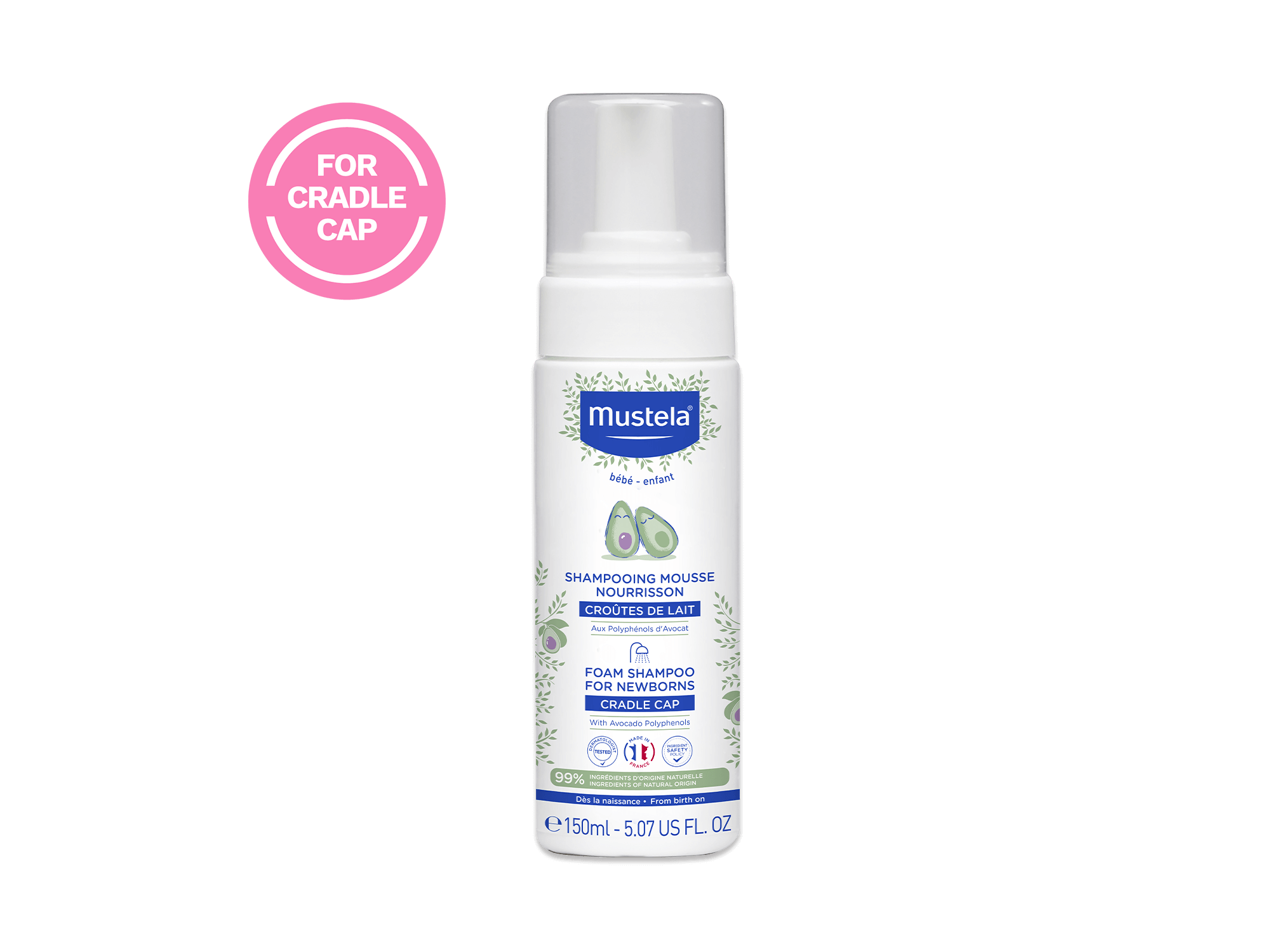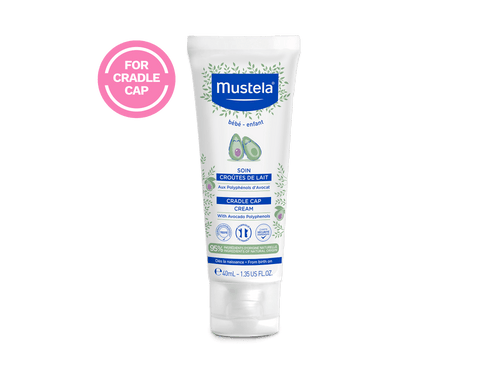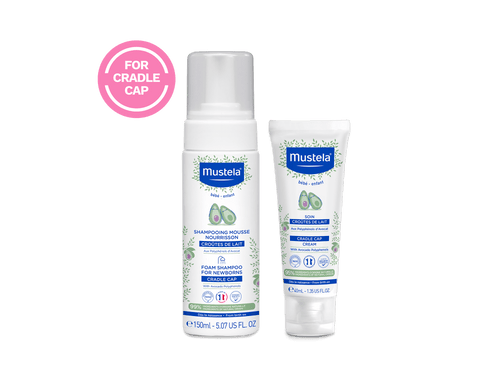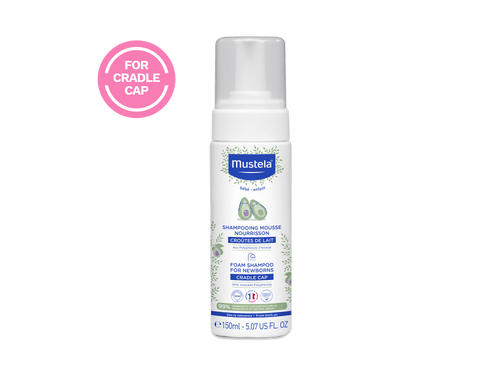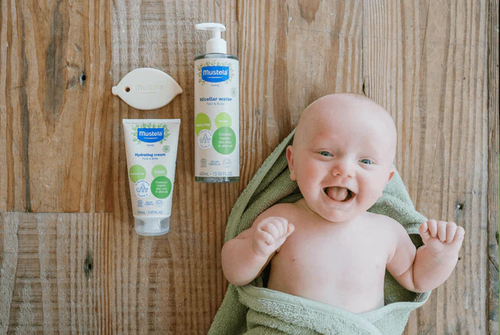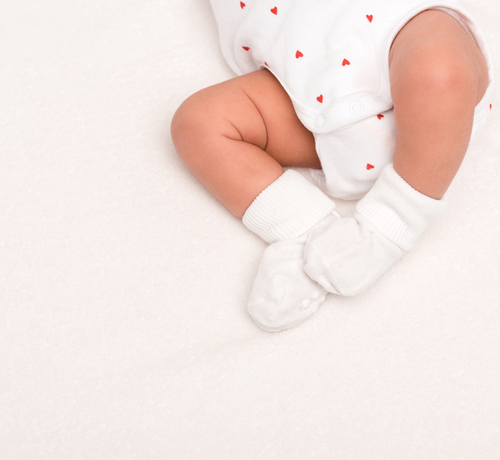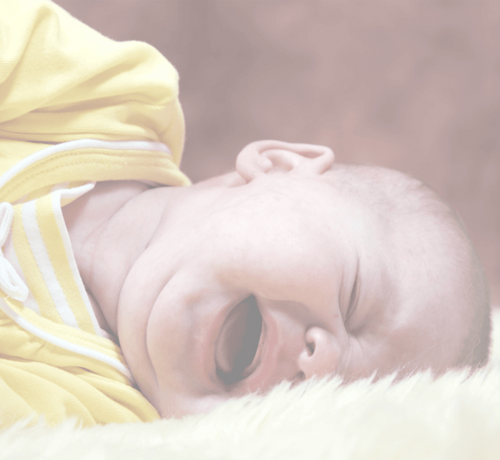Your little one wakes from a nap, and when you pick them up, you notice their face is covered in little red spots. As you comfort your baby, you wrack your brain trying to remember what you learned about baby acne vs. rashes. Is this something serious or a harmless skin condition?
In this article, we’ll take a look at baby acne and baby rashes so you can tell the difference and know when it’s time to call a doctor.
Table Of Contents
- What Is Baby Acne?
- Common Baby Rashes
- Baby Acne Vs. Rash: How To Tell
- Treatment Options: Baby Acne Vs. Rash
What Is Baby Acne?
Baby acne is a common skin condition that affects many newborns. Similar to the acne that many teenagers or adults get, baby acne appears as small red bumps or pimples on your child’s face and back.
This condition is also called neonatal acne, and it typically appears around two to four weeks after birth. These breakouts often occur due to the hormones passed from the mother during pregnancy. It is completely harmless and usually clears up on its own.
Symptoms Of Baby Acne
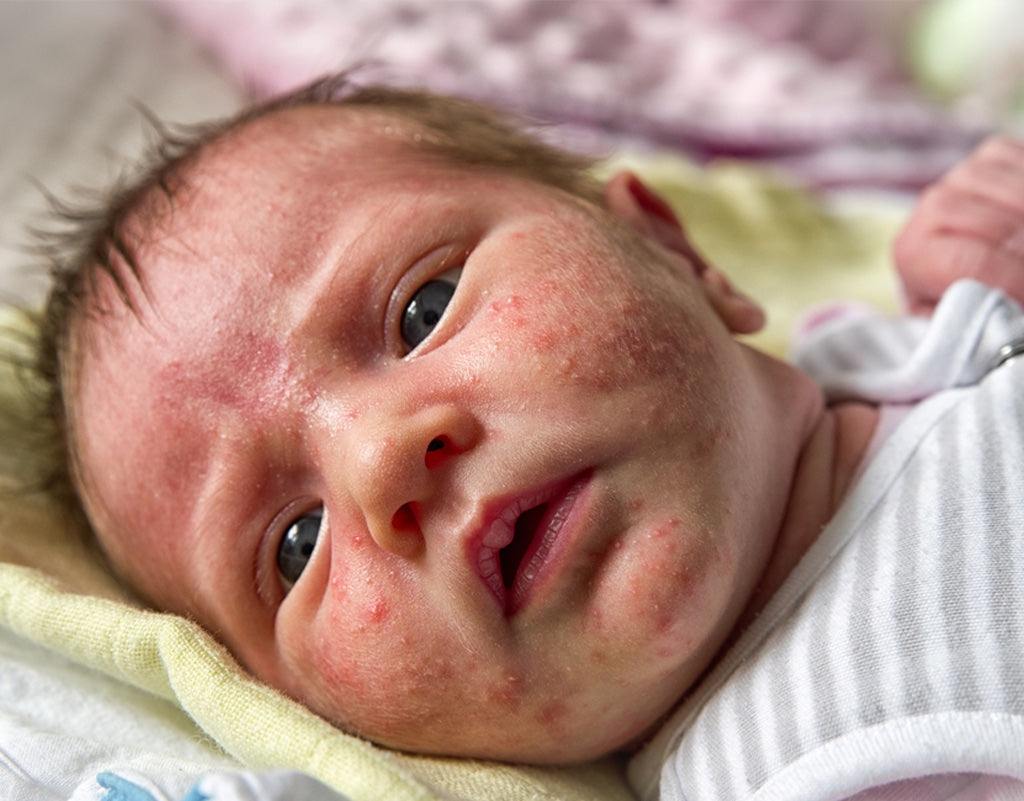
The most common symptom of baby acne is small red bumps on your child's skin, especially on their cheeks, chin, or forehead.
You may also notice:
- Redness
- Mild swelling or inflammation
- Fluid-filled pustules
- Red or dark-brown rings around some bumps
- Pimples that become more noticeable when your baby is crying
Your child could have all of these symptoms or just a few of them.
When Baby Acne Appears
Some babies are born with acne, but most little ones who develop this condition get it between two and four weeks after birth.
If your child is older than six weeks when you first notice the bumps, it's likely not baby acne. However, it could be infantile acne, which is similar. In this case, you’ll want to take them to a dermatologist for a definitive diagnosis.
Common Baby Rashes

Baby acne isn't the only baby skin condition that causes little red bumps or red patches. Several rashes have similar symptoms. Let's look at a few of the most common.
Eczema
This chronic condition causes red or brown patches on the baby’s skin. It may be accompanied by dryness and itching.
Eczema can appear almost anywhere on your baby’s body, including the face, neck, and scalp. There is a genetic factor to this condition, so if you or your partner have any type of eczema, your baby is at a higher risk for developing it.
It could also be related to allergies. So if you have trouble treating the eczema, talk to your child’s pediatrician about doing allergy testing.
Hives
These red or pink bumps look like welts and are usually itchy. Hives can show up anywhere on a baby’s body due to an allergic reaction that triggers the release of histamine in their system. This can be caused by food, medication, or even a bug bite.
Heat Rash
Also known as prickly heat rash, this condition is brought on by hot weather, sweating, or overly warm clothing. It usually looks like small red or pink bumps on your baby’s skin and often appears around their neck and chest, as well as on their thighs and groin.
Diaper Rash
This is one of the most common baby rashes. It appears as red or pink patches on your baby's diaper area. A severe diaper rash can also cause pimple-like bumps.
Diaper rash is caused by wearing a wet or dirty diaper for too long or using certain wipes with harsh ingredients. (It’s best to use our gentle Cleansing Wipes to avoid irritation.)
Yeast buildup can also be a factor.
Fifth Disease
If you notice bright red cheeks and a red rash on your baby’s trunk, arms, legs, or cheeks, they might have fifth disease. This condition is caused by parvovirus B19 and is sometimes called slapped cheek syndrome.
Often, your child will have a cold or runny nose before the rash appears, although some don’t experience any symptoms at all.
This condition is more common in young children between the ages of two and five, though babies can get it, too.
Impetigo
This contagious skin infection is usually caused by staphylococcus or streptococcus bacteria. It appears as red sores with a honey-colored crust and can be found around your baby’s mouth, nose, and diaper area.
Impetigo typically causes itching or burning and can spread rapidly if not treated.
Baby Acne Vs. Rash: How To Tell
Now that you know more about baby acne and some common baby rashes, you’re probably wondering how to tell them apart. Here are four steps that can help you determine what you're dealing with.
Consider Your Baby’s Age
As we mentioned earlier, baby acne typically only affects newborns who are less than six weeks old. So if your baby is older than that, it’s probably something different.
Look At The Symptoms
Give your baby a quick exam, paying close attention to the spots or bumps. Does it look like tiny, red bumps that are clustered together? If so, baby acne is the most likely culprit.
If you’re seeing red or pink patches or welts on your baby’s skin and they don’t look like pimples, it could be another rash.
It's also essential to see if your little one has other symptoms. Do they seem fussier than normal? Are they itchy or uncomfortable? These can be signs of a rash, not acne.
Note Which Body Parts Are Affected
As we've discussed, baby acne usually appears on a baby’s face and neck. Check your baby over and see where the spots are located. If they're covered from head to toe or have bumps in their diaper area, it’s probably not baby acne.
Seek Medical Advice If Necessary
If you still can't tell for sure what's causing your baby's bumps, it's time to consult their doctor. They'll likely want to see your child for an exam so they can provide you with a diagnosis and a treatment plan.
Treatment Options: Baby Acne Vs. Rash
Hopefully, you’ve learned the difference between baby acne vs. rash and know what's causing your baby's skin condition. Now, let's talk about some at-home treatment options.
Treating Baby Acne
If your baby has baby acne, the good news is that it usually clears up on its own in a few weeks. In the meantime, bathe your little one with a mild baby wash, like our Gentle Cleansing Gel. It's free from harmful ingredients that could cause irritation.
In-between baths, use our No Rinse Cleansing Water to thoroughly clean your baby's face, body, or diaper area. By keeping them clean, you'll help the pimples clear up faster.
Our Newborn Arrival Gift Set has both of these products plus three other gentle skin care options that'll make your baby's skin soft, smooth, and bump-free!
Treating Common Rashes
Different rashes require different treatments, which is why it's important to get advice from your baby’s doctor. They may prescribe an antibiotic or cream to help clear up the rash.
But in the meantime, here are a few tips to help your baby feel more comfortable while they heal:
- Use a moisturizer, such as our Nourishing Cream with Cold Cream, to minimize the drying effect of the rash.
- Make sure your laundry detergent is free of harsh chemicals. Your baby's skin is very sensitive, so opt for a baby-friendly product.
- Choose your little one's outfit carefully. You want to dress them in breathable fabrics, like cotton, so they don’t get too hot or itchy.
- Change your baby's diaper frequently. Don't let them sit in a soiled diaper for too long, as the wetness can make their skin more vulnerable to rashes.
- If a diaper rash develops, treat it with our Diaper Rash Cream 1 2 3. It helps soothe your baby's skin and can relieve redness.
If your baby has eczema-prone skin, you'll want to read our article Treating Baby Eczema: A Parent's Guide. In it, you'll find plenty of tips for treating eczema, including using an emollient treatment, such as our Stelatopia Emollient Balm.
Restoring Your Baby’s Smooth Skin
Knowing the difference between baby acne vs. rashes can help you take better care of your baby’s skin. With the right skincare routine and quality products from Mustela, like our No Rinse Cleansing Water, it won't be long before their skin is soft and bump-free.
And if you're still not sure what's causing your child's skin problems, talk to your doctor for an expert opinion. With their help, you'll have your little one’s skin looking smooth again in no time!


